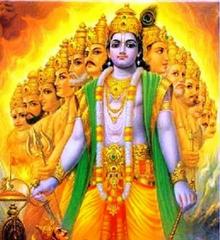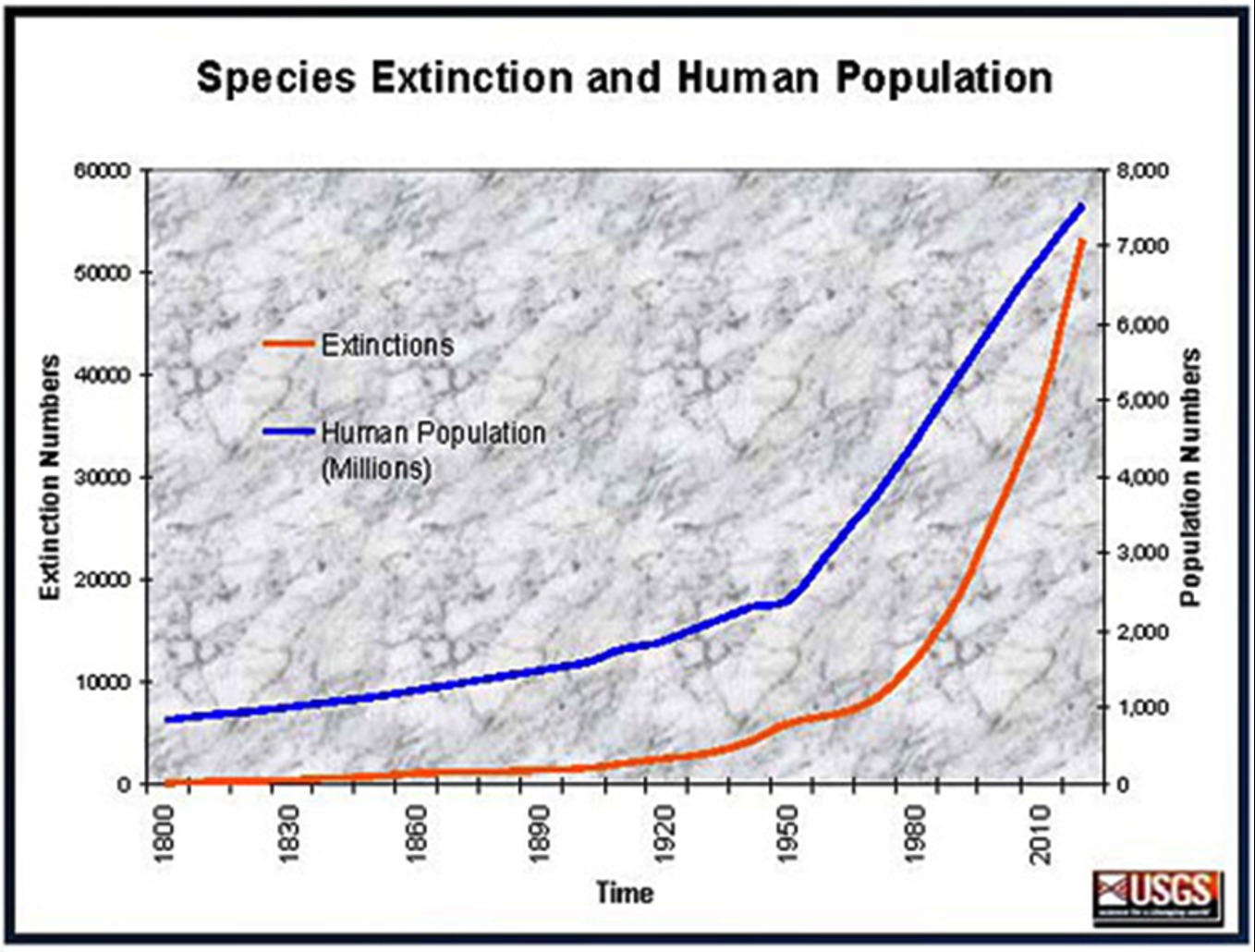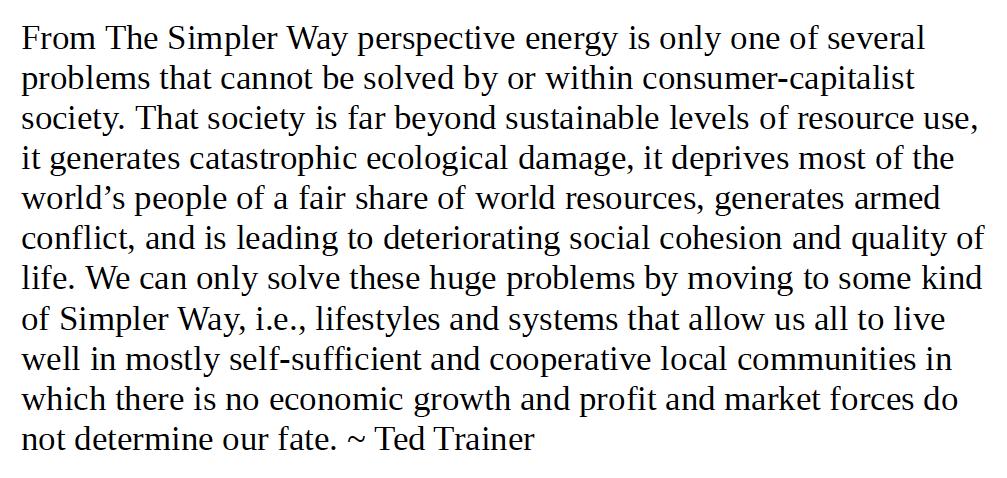- Home
- Topics
- Environment
- Does Creation and Destruction happen simultaneously?
Does Creation and Destruction happen simultaneously?

Very dear friend of mine; commented on my posting dated 19th March 2014 i.e. “Historic & Prehistoric ages - Still a mystery!!!” THAT: Great article and good compilation of 4 Yugas. I am struggling to understand whether all living beings die and then a new Yuga is formed or both creation and destruction happen simultaneously.
My Humble Answer: Even with all the discoveries that our historian have gathered so far; we still know very little about the people who lived in those eras and how long did they live. I think; we merely have only 0.5 – 1% of the information, which could help us conclude something to real.
Our closest comparatives are the people who lived during Indus-valley civilization. The Indus people made extensive use of bronze and copper. However, they did not use/discover iron then . People started using Iron, only in KALI-YUGA . Before that people only used Gold ( during Satya Yuga) , bronze and copper (During Dwapara Yuga).
After 2000 BC, the Mohenjo-daro and Harappan culture/ Indus valley culture slowly declined and gradually faded out. I don’t know whether we can call it as the end of DWAPARA YUGA!!! But how did this happen? Some attribute this to the decreasing fertility of the soil on account of the increasing salinity, caused by the expansion of the neighbouring desert. Others attribute it to some kind of depression in the land, which caused floods. Still others point out that the Aryans destroyed it. Even though there are various theories for the downfall of this civilization, there is no clear picture as to how or why it came to an end.
But you know what? If we look at India’s population – it has increased from 300 millions to 1.3 billion in last 70 years only. Can you imagine what would have been the combined population of the world, about 5000 years ago? You bet. Few millions or less than 100 millions, lets say in total, across the world, may be. So we can DEFINITELY imagine such little population to fade away gradually due to above reasons . We have some very strong proof of severe natural calamities, which happened towards end of this era, in those regions.
So is that we can call, an end of era? Not sure . But here are some findings:
- Numerous Bronze figurines were found of the Mother Goddess indicate a likely source for what later became the Shakti worship of the feminine power in India. A male god in a yoga posture depicted with three faces and two horns has been identified with Shiva, another important figure in later Indian religion. Phallic lingams, also associated with Shiva, have been found. A civilization that endured dangerous flooding for six hundred years very likely had a strong religion to help hold people together.
- With no written histories the decline of this civilization is subject to much speculation. The traditional theory is that the Aryans invaded from the northwest. Although this is likely, the decline of Harappan culture was quite gradual and indicates problems beyond foreign conquest. One theory is deforestation, because of all the wood needed for the kilns to make the bricks used to keep out the flood waters.
- However, a more comprehensive explanation comes from an analysis of the consequences of the extensive herds of cattle that indicate overgrazing and a general degradation of the ecosystem including salinization of water supplies. This led farmers to move on to greener pastures, leaving behind abandoned villages and depopulated cities. Even though fodder was probably grown to feed the cattle, this would not have been enough; and the overgrazing by the bullocks and milk cows could have caused the surrounding land to deteriorate. By 1500 BC the Harappan civilization had faded away into a culture that was spreading throughout India with new ideas from the west.


Let’s bring science on to the discussion table. Remember Darwin's theory of evolution?
- Darwin's ideas caused a lot of controversy, and this continues today, because they can be seen as conflicting with religious views about the creation of the world and the creatures in it.
- The basic idea behind the theory of evolution is that all the different species have evolved from simple life forms. These simple life forms first developed more than 3 billion years ago (the Earth is about 4.5 billion years old). That proves that the world stayed as it is, only people from some specific civilization, living in specific areas may have died out, travelled away and re-travelled back as part of evolution process. Do we agree?
- Life on Earth today exists because of the conditions that were present when life was evolving. If, in the past, conditions had been different e.g. hotter, colder, or the Earth more or less massive,
then evolution by natural selection could have produced some very different results. Our bodies would have changed to suit the Earth's conditions.


 "Welcome to my website!
"Welcome to my website!I am grateful for your visit. Please enjoy my writings and reach out to me, with your feedback."
About
- Topics
- Politics24
- Culture33
- Life Coaching96
- Business Coaching19
- Charity5
- Environment9
- Social23
- Humor24
- Technology4
- Sports16
- Spiritualism12
- Health15
- Interviews1